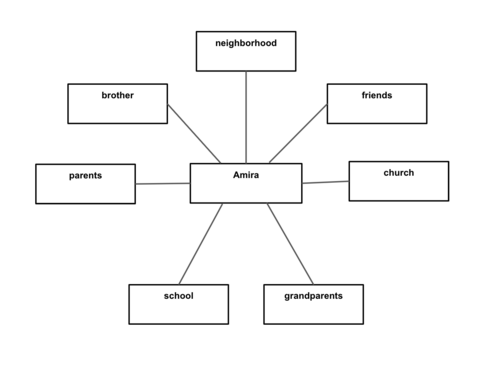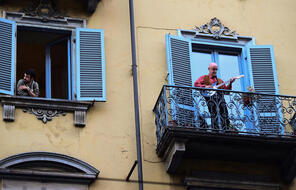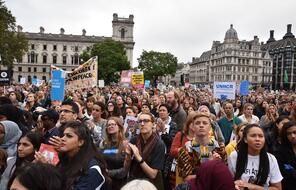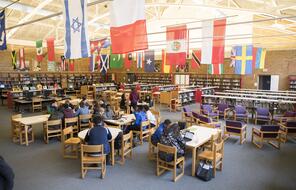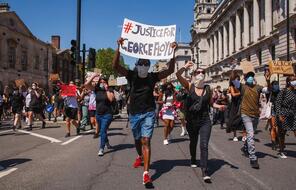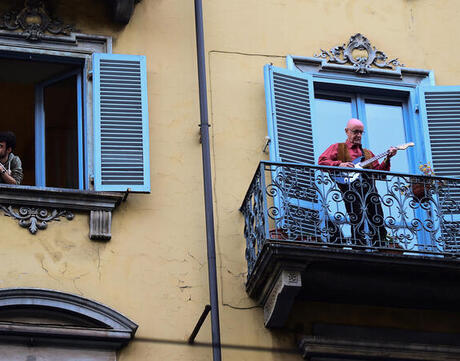
COVID-19: How Can We Make Choices That Promote The Common Good?
At a Glance
Language
English — USSubject
- Civics & Citizenship
- Social Studies
Grade
6–12- Democracy & Civic Engagement
Overview
About This Mini-Lesson
The ongoing coronavirus pandemic has forced people around the world to change how they live and interact with other people. Infectious disease researchers advocate that we all continue to practice social distancing in order to prevent spikes in case numbers that can overwhelm healthcare systems. Mask mandates, travel restrictions, and changes to the ways we work and go to school continue to impact most cities and towns. Following these public health guidelines is crucial not only to protect our individual health but also to minimize the harm COVID-19 inflicts on our society as a whole. As civil rights strategist Eric Ward writes, "The truth of our interconnectedness has never been more apparent." 1
This mini-lesson is designed to help students grapple with the difficult ethical questions that we are all being asked to confront in our daily lives right now: What is the common good? How can we make choices that promote the common good during the coronavirus outbreak?
- 1Eric K. Ward, “Who Are We, America?,” Southern Poverty Law Center, March 22, 2020.
Activities
Activities
Materials and Downloads
Resources from Other Organizations
Unlimited Access to Learning. More Added Every Month.
Facing History & Ourselves is designed for educators who want to help students explore identity, think critically, grow emotionally, act ethically, and participate in civic life. It’s hard work, so we’ve developed some go-to professional learning opportunities to help you along the way.
Exploring ELA Text Selection with Julia Torres
On-Demand

Working for Justice, Equity and Civic Agency in Our Schools: A Conversation with Clint Smith
On-Demand

Centering Student Voices to Build Community and Agency
On-Demand


